Forum Replies Created
-
AuthorPosts
-
 Yuri KovelenovStaff
Yuri KovelenovStaffwhat about the puzzles then ?
Nope Puzzles aren’t supported with HTML export – it only supports what is included with the glTF file (works similarly to Sneak Peek). So no interactivity beyond Orbit / First Person camera controls.
 Yuri KovelenovStaff
Yuri KovelenovStaff@Pandern Glad you like it!
does it mean that we could use a Verge3D app locally, without any wifi / 4G connexion ?
yep!
tutorial for the 3 new 3dsmax’ nodes
See the Verge3D for 3ds Max docs included with the distribution. Will publish them online once the stable release it out.
Crouching or stooping or crawling with some key hit
Jumping on space bar hit or somethingFor more advanced features we suggest using the physic engine like we did in the Snowballs demo. It is difficult to implement those with physics.

 Yuri KovelenovStaff
Yuri KovelenovStaff Yuri KovelenovStaff
Yuri KovelenovStaffExport to HTML
You can now squeeze a Blender, 3ds Max, or Maya scene into HTML format. The resulting standalone
.htmlfile bundles the engine, meshes, and textures together. Unlike with the standard Verge3D app that requires a local server or uploading to a website, it can be opened like a regular file on any computer or device equipped with a web browser.Blender:
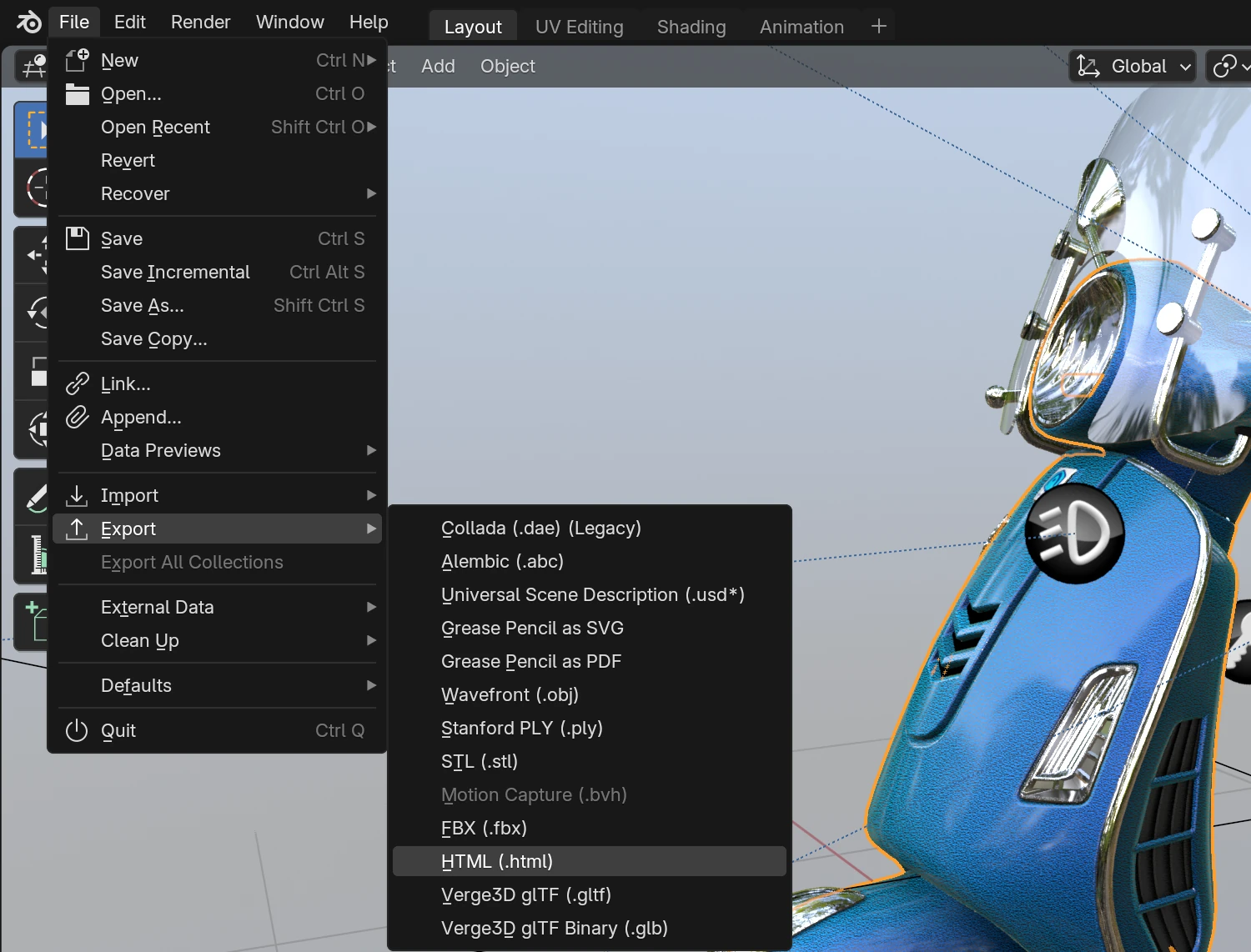
3ds Max:
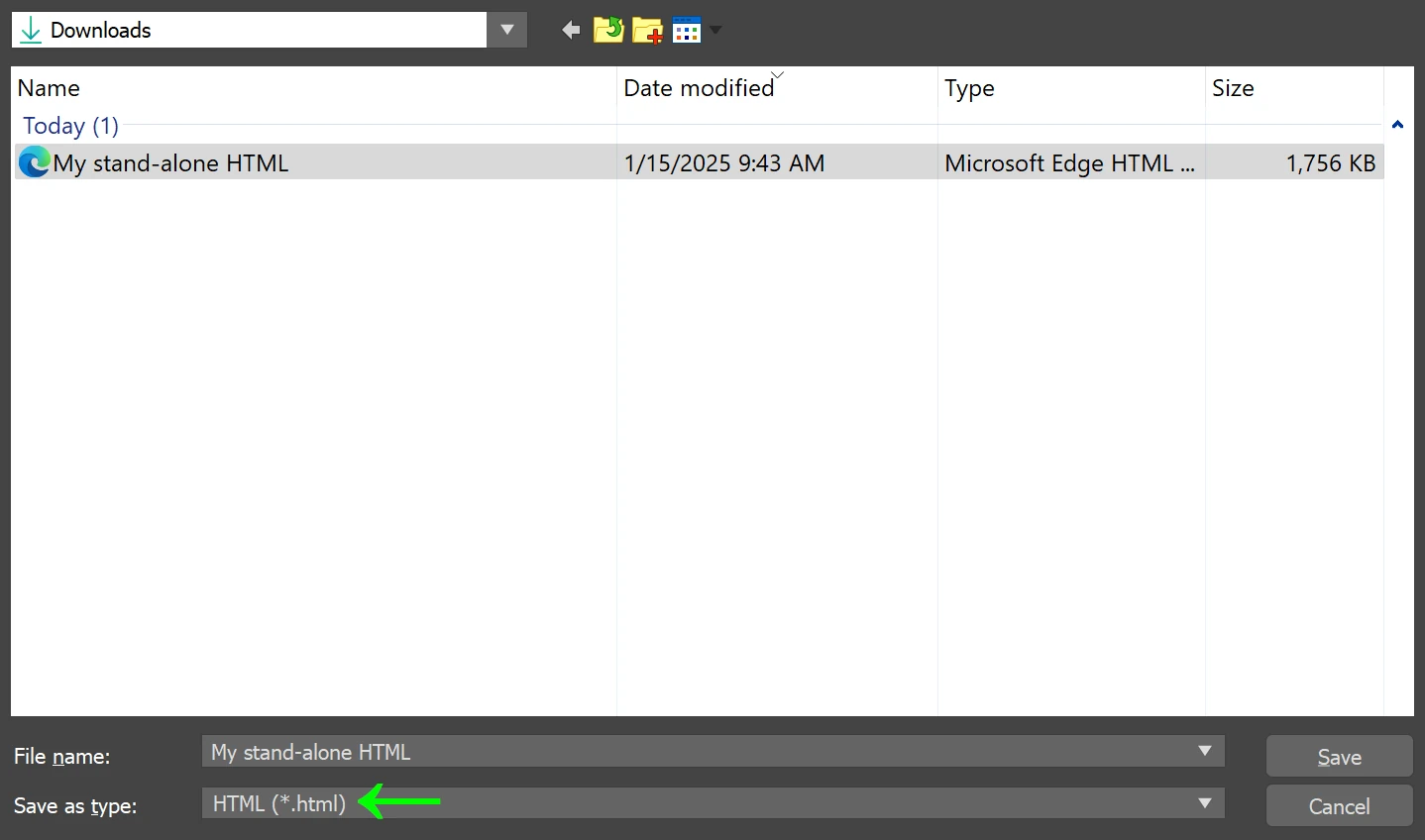
Maya:
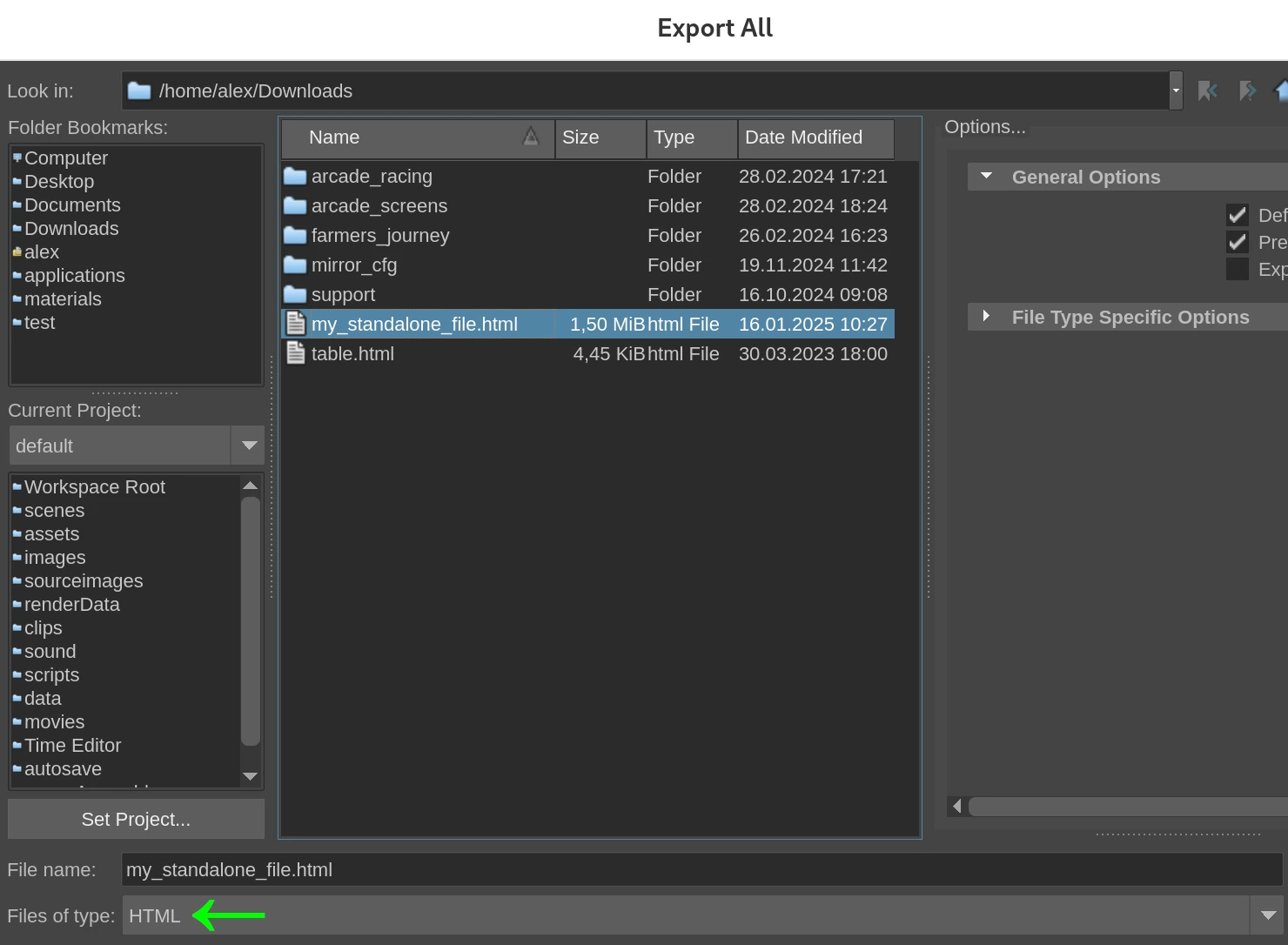
It is indeed a cool feature, however we don’t recommend using it in a normal production process. HTML is not a very efficient format for packing things into it, and there is no Puzzles, physics, texture compression, dynamic text and so on – basically it works like Sneak Peek. Still it can be a convenient way to share some 3D interactives with your colleagues or clients.
Overcoming Obstacles
We improved the first person controls significantly by implementing automatic sliding along a wall or around an obstacle. This prevents the user from getting stuck, resulting in a much smoother experience, especially on mobile where you can move only forward (no strafing controls).
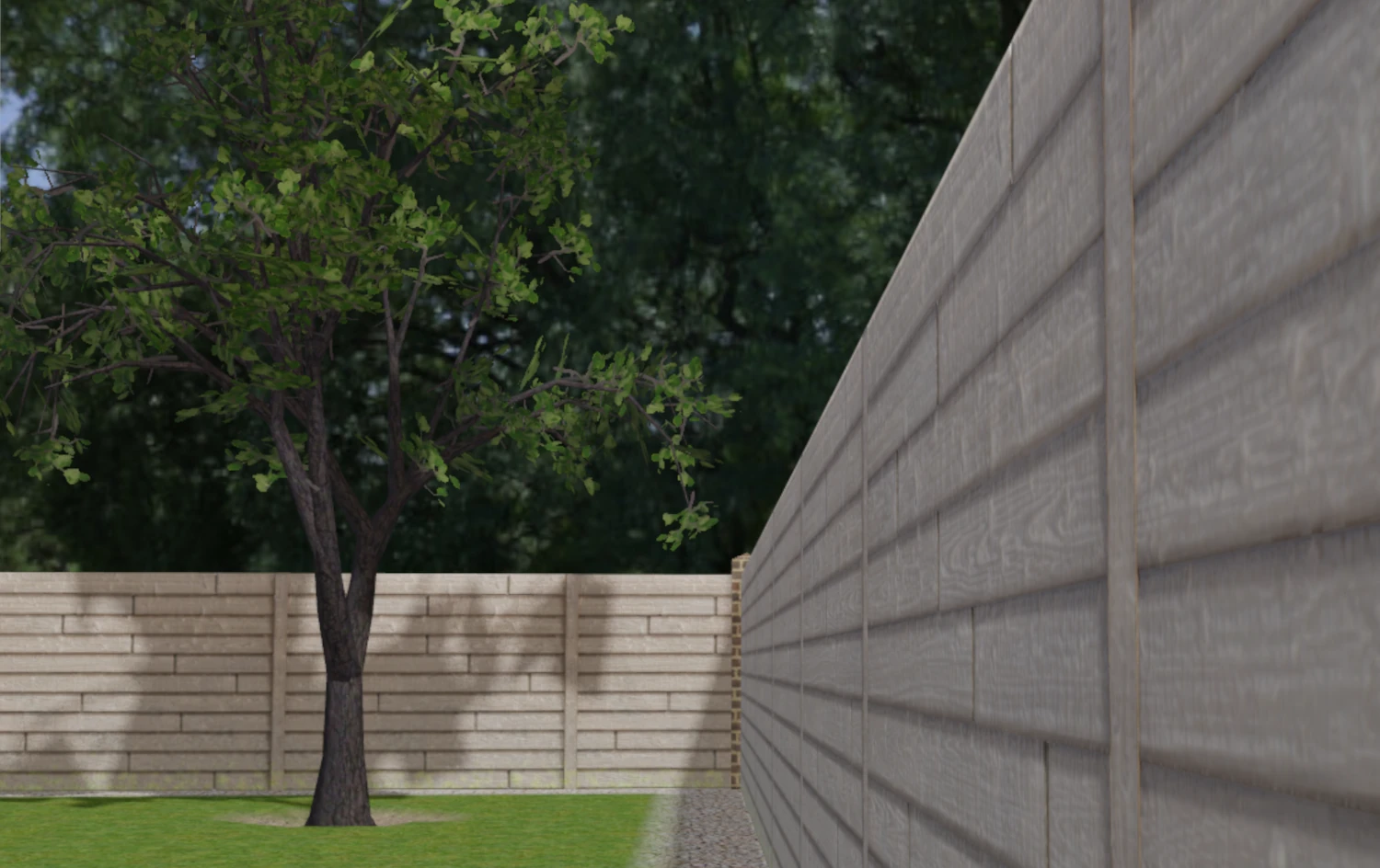
Here are the links to the updated First Person demo and the old demo – just feel the difference!
We also fixed the bug when the initial direction of the camera did not correspond to what is set in the modeling tool.
Blender Integration
We optimized export of multiple and/or long animations. On rusty occasions the export is performed up to 10 times faster.
We fixed the Reroute node not working properly in Verge3D in some cases. Thanks for reporting this on the forums.
We fixed the Clamp option of the Map Range node exported incorrectly. Thanks for reporting this on the forums.
3ds Max Integration
Besides the usual Verge3D menu, you can now use the standard Export menu for exporting, where you can select Verge3D glTF from the list.
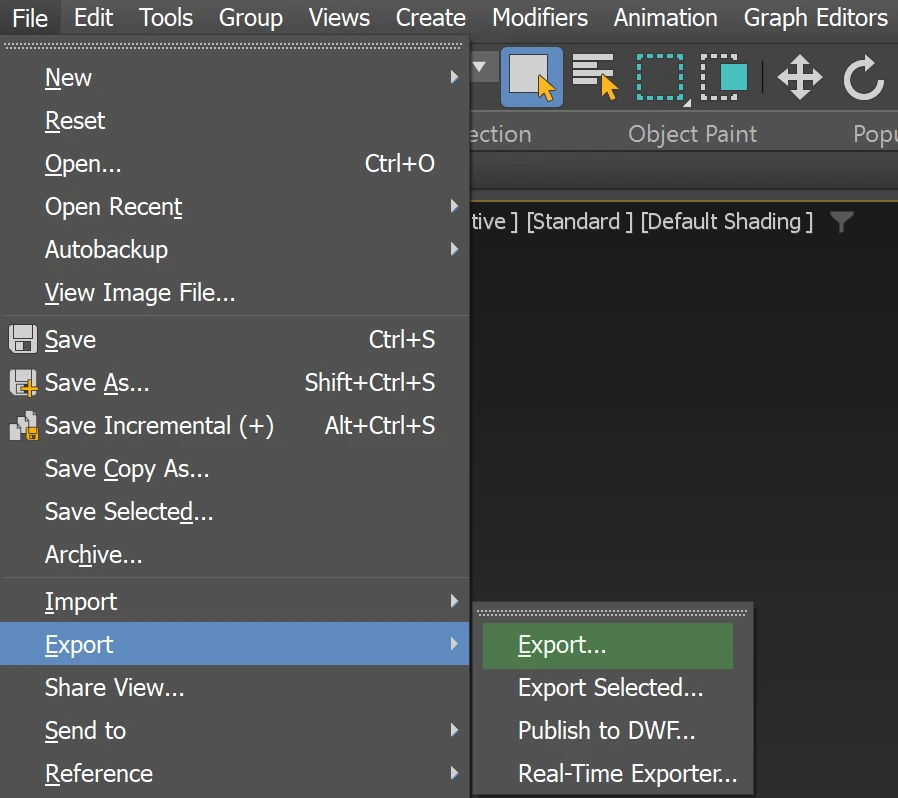
You can now use 3 more Arnold-based nodes in your shaders: Uv Projection, Matrix Transform, and Triplanar.
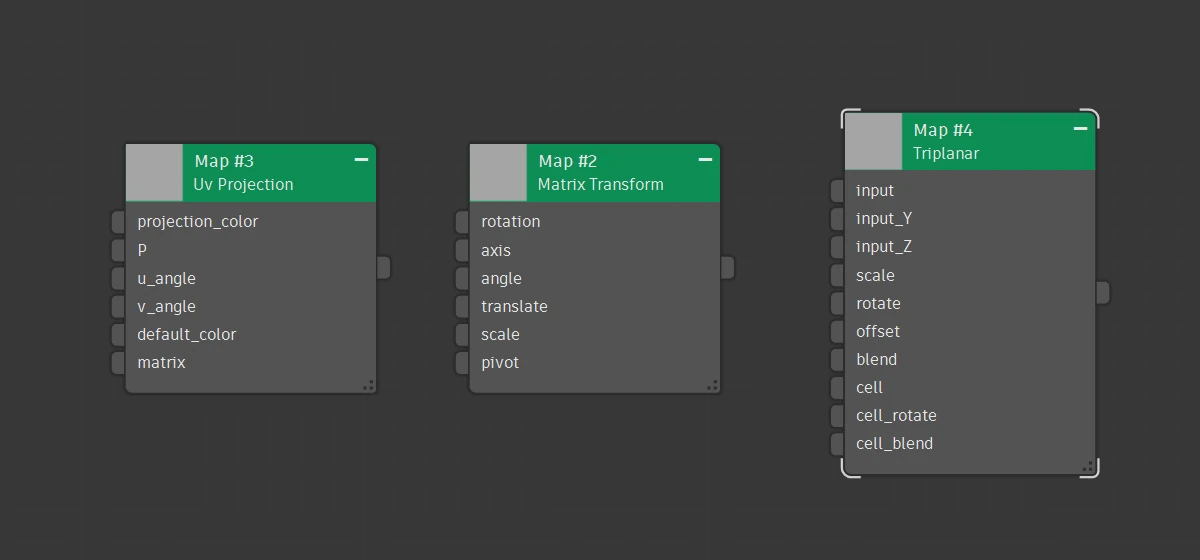
We supported filtering and wrapping options for the Arnold-based Image node.
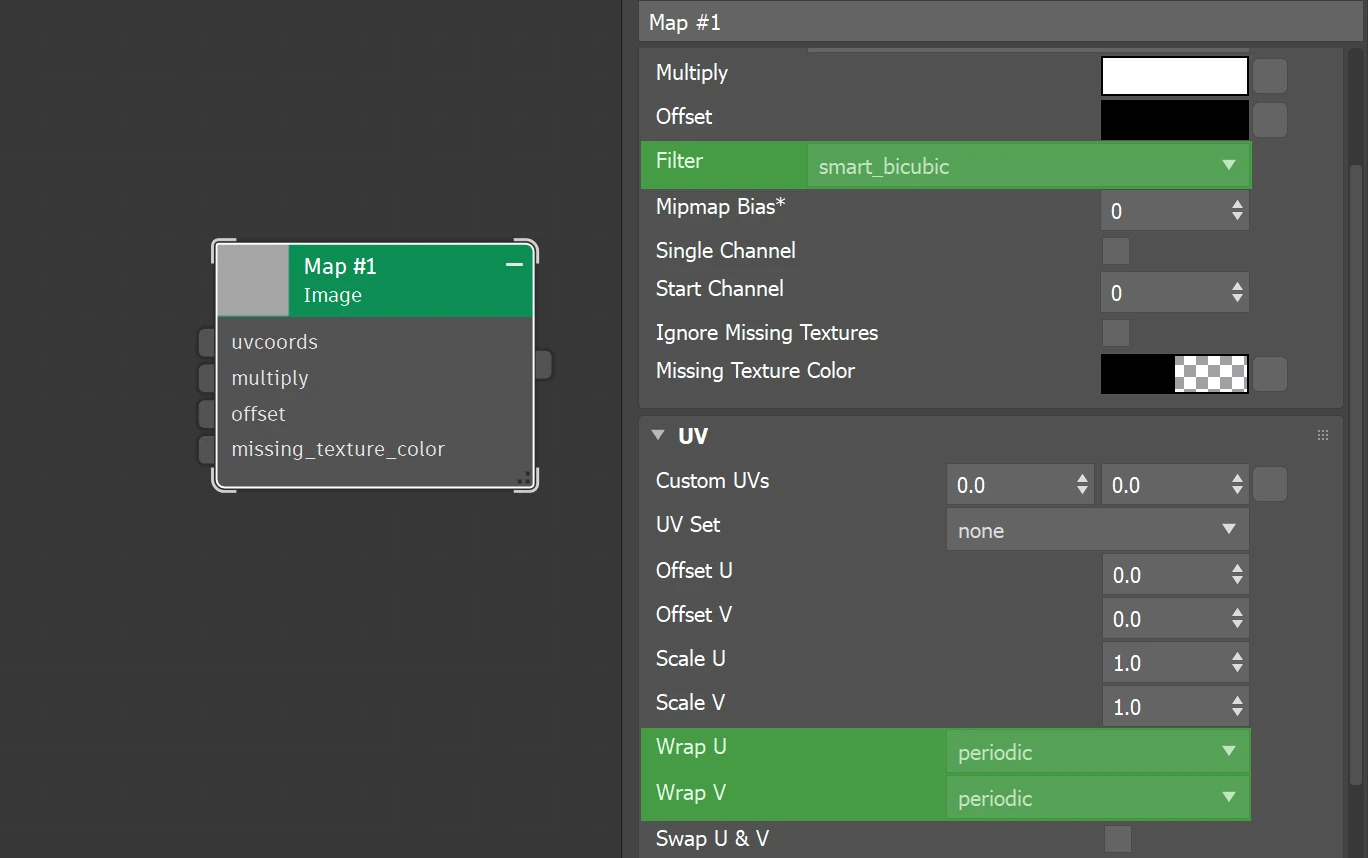
Maya Integration
We supported exporting only selected objects using File > Export Selection. (The nearby option File > Export All has always worked.)
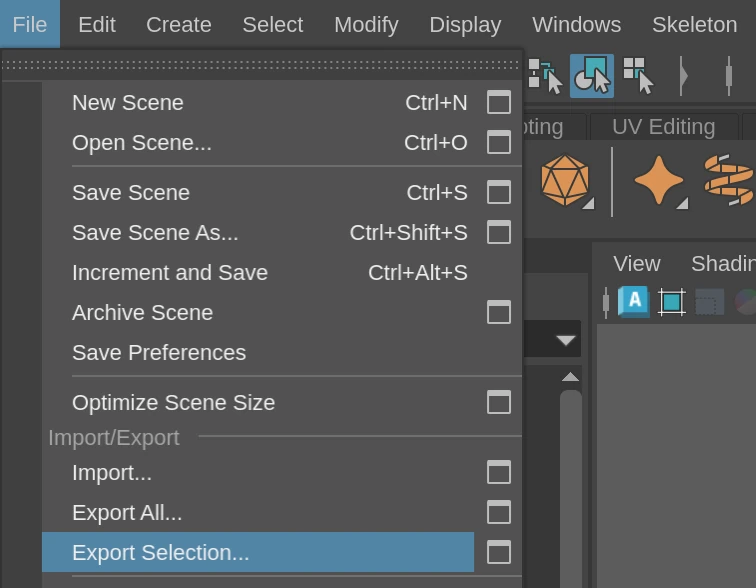
You can now use 3 more Arnold-based nodes in your shaders: Uv Projection, Matrix Transform, and Triplanar.
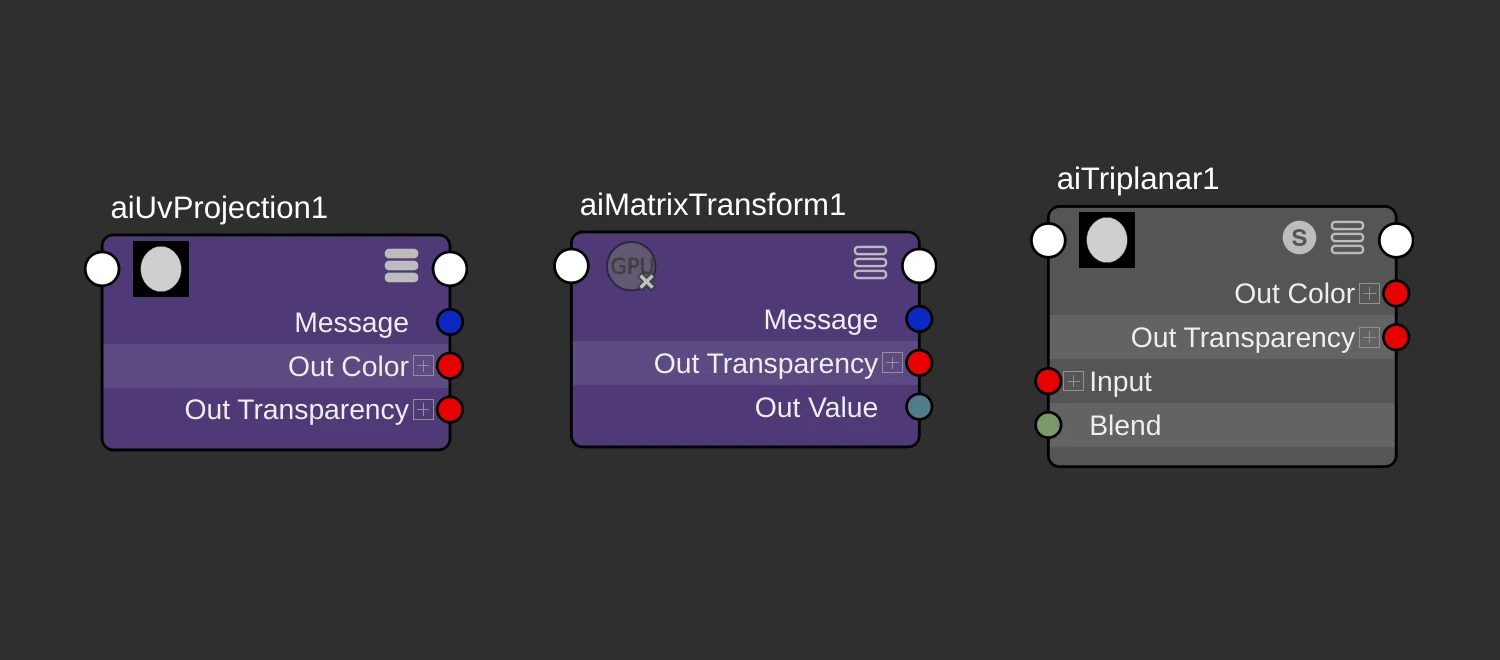
We supported filtering and wrapping options for the Arnold-based Image node.
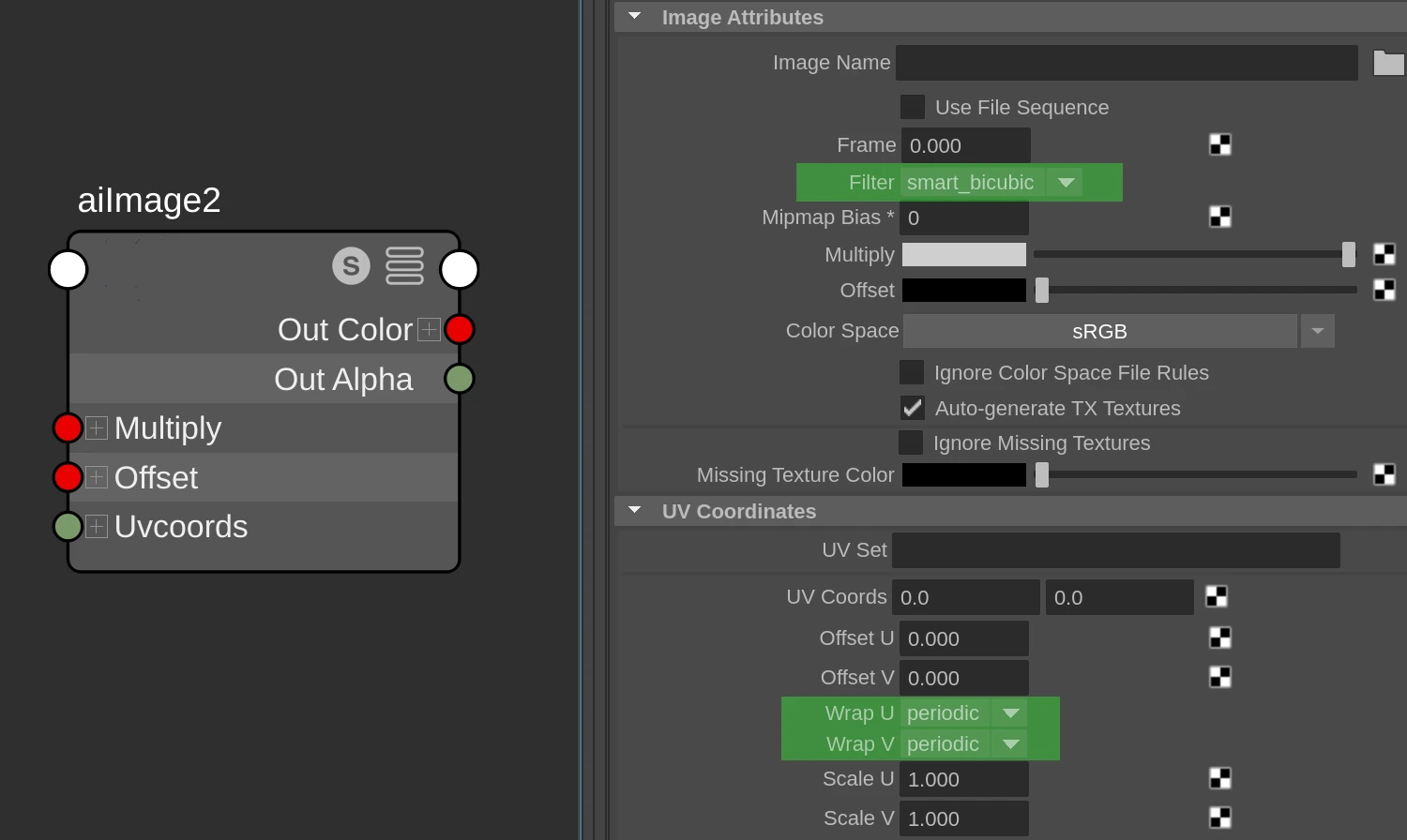
Finally, we fixed the bug when ambient lights did not show up in Puzzles.
More Optimization
We continued our optimization efforts with this update. This time we focused on reducing the CPU load. For big scenes (like 1000+ separately rendered objects) it is the CPU that turns out to be the bottleneck, causing slow rendering even on powerful graphics cards.
So we addressed this problem by reviewing and reworking several aspects in the engine, such as preparing materials for rendering, updating transformation matrices, reflections and SSR calculations, and even the commonly used object selector puzzle. As a result, we managed to double the FPS in some of our tests!
Linuxoids Heads Up
Verge3D tool chain now relies on the newest Python 3.13 particularly found on Fedora 41. Minimal supported version of Python now is 3.8, so be sure to update it if necessary.
This also affects Maya 2022 on macOS which only has Python 3.7 on board, but this Maya version will soon be dropped in the ongoing life cycle anyway.
Other Improvements
Verge3D-specific setting Fit to Camera Edge now allows for negative values for its Fit Offset (available for camera-parented objects). This spares you the need to use extra empties/dummies to shift your objects outside the screen edges.
Blender:
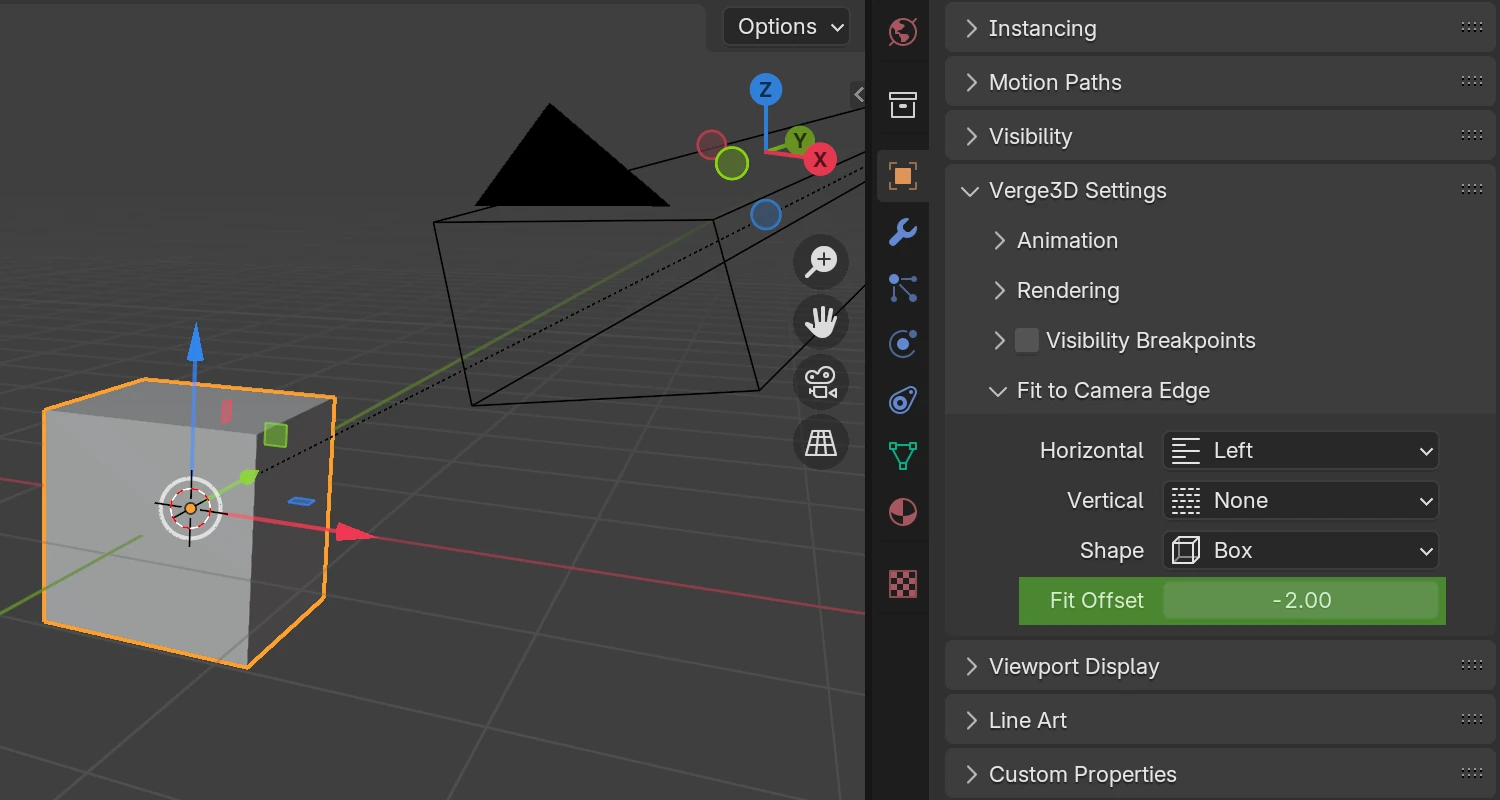
3ds Max:
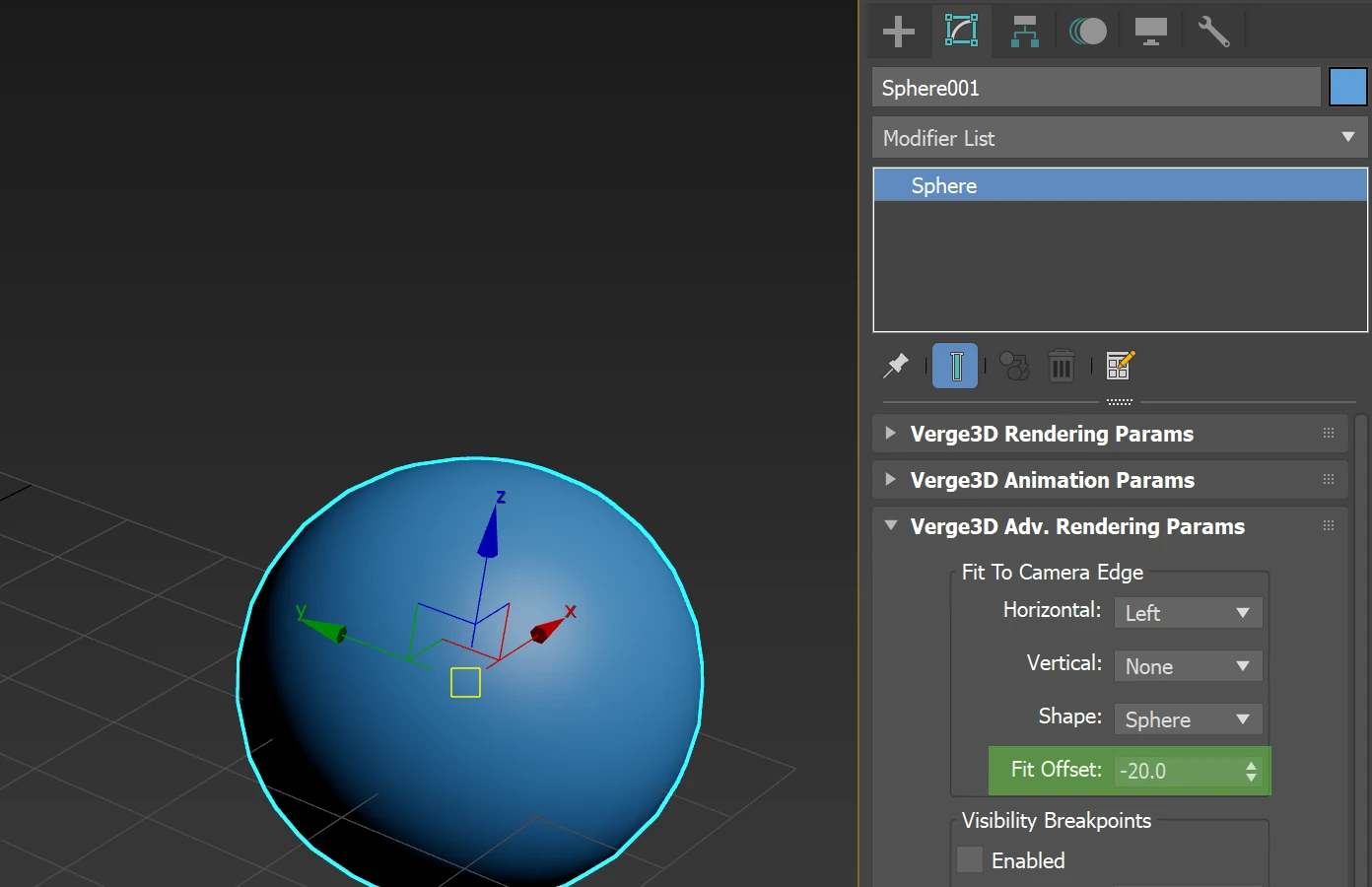
Maya:
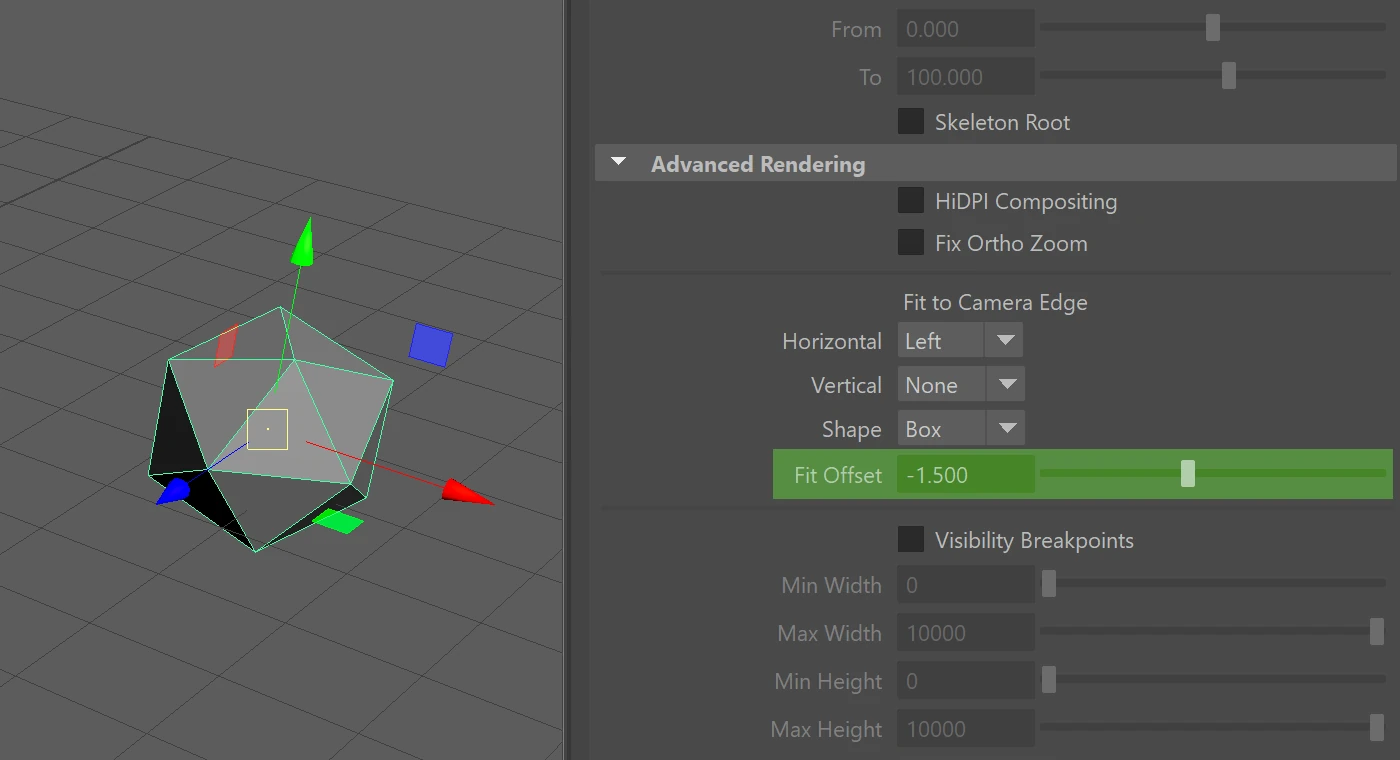
Verge3D WordPress plugin can now handle filenames starting with dot (that is, hidden files on macOS and Linux). Particularly, the dreaded
.DS_Storefile won’t break your WordPress uploads anymore. We also fixed a potential security issue in the plugin.We made texting of messages and errors in the App Manager UI more clear and descriptive.
Bugs
We fixed freezing of the App Manager when opening
.blendfiles under ChromeOS.We fixed the regression with multiple exec script puzzles in a same scenario.
We fixed the crash in VR mode when using order-independent transparency. This affected our demo Virtual Reality which now works properly. Thanks for bringing this up this on the forums.
 Yuri KovelenovStaff
Yuri KovelenovStaff Yuri KovelenovStaff2025-01-14 at 5:36 am in reply to: Verge3D Materials Pack = v3d.GLTFLoader: Couldn’t load texture diamond_net_normal.ktx2 #79816
Yuri KovelenovStaff2025-01-14 at 5:36 am in reply to: Verge3D Materials Pack = v3d.GLTFLoader: Couldn’t load texture diamond_net_normal.ktx2 #79816 Yuri KovelenovStaff2025-01-13 at 1:54 pm in reply to: Verge3D Materials Pack = v3d.GLTFLoader: Couldn’t load texture diamond_net_normal.ktx2 #79795
Yuri KovelenovStaff2025-01-13 at 1:54 pm in reply to: Verge3D Materials Pack = v3d.GLTFLoader: Couldn’t load texture diamond_net_normal.ktx2 #79795 Yuri KovelenovStaff
Yuri KovelenovStaffHi jefferywright2194,
Does it work for you when launched from the product page?
 Yuri KovelenovStaff
Yuri KovelenovStaff Yuri KovelenovStaff
Yuri KovelenovStaff Yuri KovelenovStaff
Yuri KovelenovStaff Yuri KovelenovStaff
Yuri KovelenovStaff Yuri KovelenovStaff
Yuri KovelenovStaff Yuri KovelenovStaff
Yuri KovelenovStaffIf you visit WebGL System Report using your tablet, what does it show?
 Yuri KovelenovStaff
Yuri KovelenovStaff -
AuthorPosts
